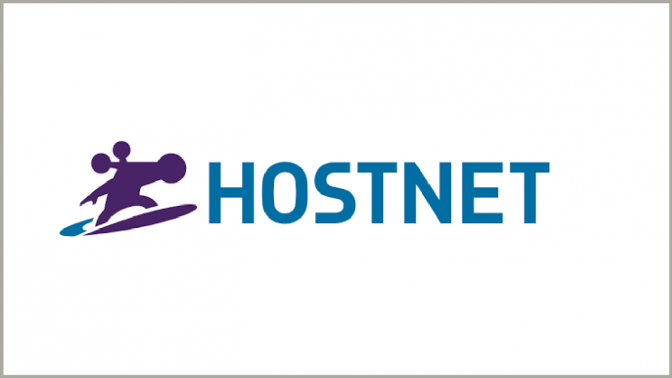
Privacy and lawful access to personal data at Tucows
Tucows provides reasonable, lawful access to non-public registration data; this means constantly working to balance the privacy rights of registrants against the rights of third parties, most of which, in our experience, are related to intellectual property rights (90% of all requests). In addition to the usual statistics, this update also includes a deep dive […]


